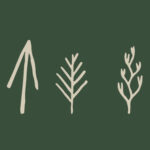10 things you never knew about red squirrels
To help you learn more about one of our cutest Highland residents – the red squirrel. We’ve compiled a list of some of the most interesting facts to highlight how special this woodland critter is…
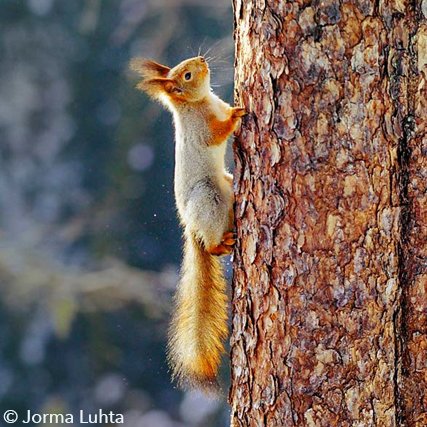 | 1. They aren’t strictly red!While the red squirrel is usually a lovely rusty colour, in the winter their coats fade to more of a brownish-grey. As with numerous mammals, fur colour can also be affected by genetic mutations. You might see a squirrel that’s so dark in colour it may appear black, or one with a bushy blonde tail! |
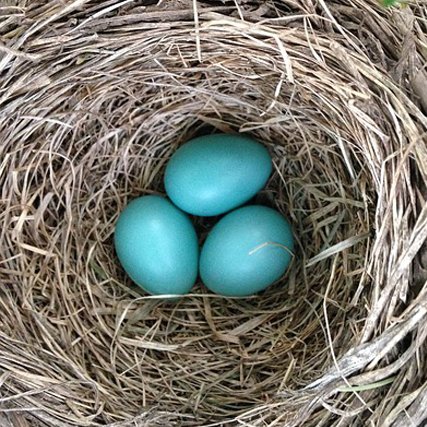 | 2. They have a carnivorous sideRed squirrels are predominately vegetarian, but they are known to occasionally eat small birds and their eggs. They are most known however for their love of nuts, and favour forests where there is good supply and variation. |
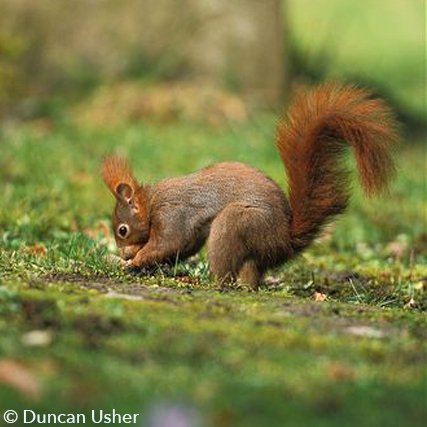 | 3. They build their own habitatWe like to call red squirrels ‘nature’s tree planters’. This isn’t a deliberate act on their behalf; they just occasionally forget where they stashed their winter food supply! These nuts and seeds buried in the ground are often left after the winter, allowing them to grow into trees and expand the squirrel’s natural habitat. |
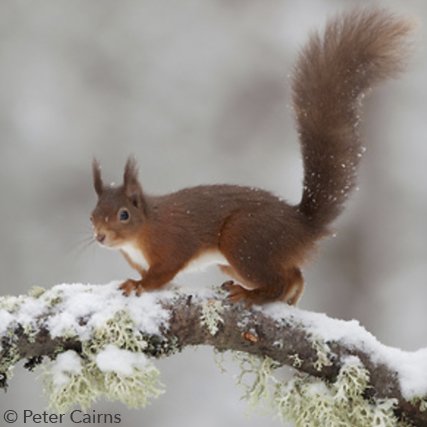 | 4. They don’t hibernateRed squirrels store food over winter because, unlike many other small mammals, they do not hibernate. This ensures they have enough to keep them well fed until the spring comes and a new bounty of food appears. During the winter they are less active as they require more energy to keep warm. |
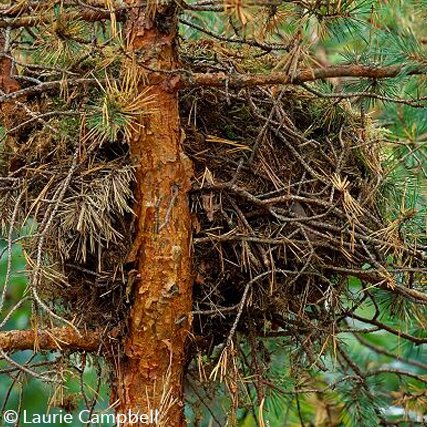 | 5. They live in nestsRed squirrels build nests in trees called dreys. They tend to be built out of moss, twigs and grass close to the trunk of a tree. While mostly solitary creatures, in the winter they will sometimes share a drey in order to keep each other warm. |
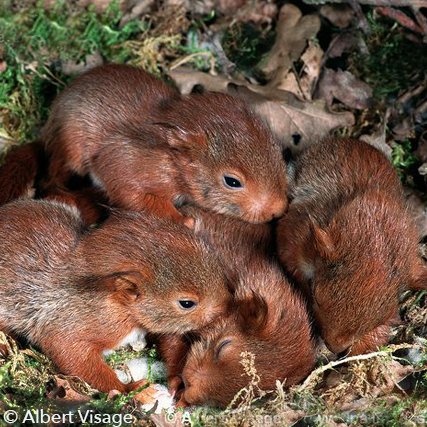 | 6. They’re good at reproducing!Living for up to 6 years, red squirrels can start reproducing within their first year. After this first year they can have two litters annually, with up to 6 kittens being born each time. This means potentially, one female can have up to 66 kittens in her lifetime! However, this is much more likely to be less and depends largely on the health of the squirrel, food supply and their habitat. |
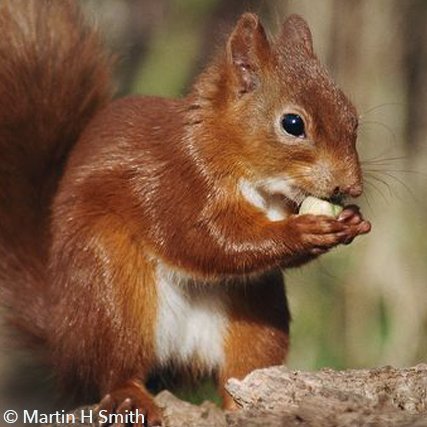 | 7. No ear tufts? No problem!One sure giveaway that what you’re looking at is a red squirrel is usually its lovely ear tufts. However, during periods of moulting, particularly at the end of the summer, they may temporarily lose these tufts. They do grow back though! |
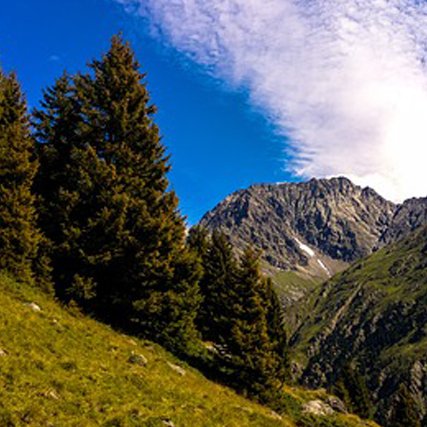 | 8. A range expanding the continentRed squirrels aren’t just a British species, and can be found across Europe. In the Alps and Pyrenees, they can be found living as high up as 2000 metres! |
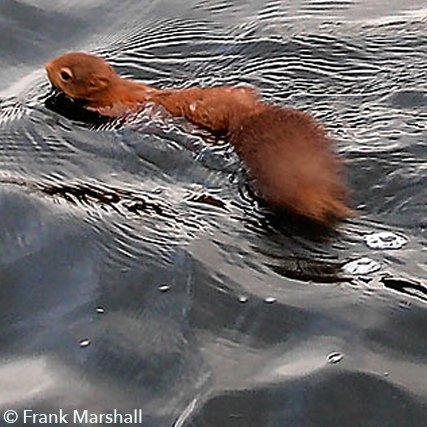 | 9. Not afraid to take a dip!Although rarely seen, red squirrels can swim! 8 years ago, one was seen in the middle of Ullswater in the Lake District, much to the surprise of tourists aboard a boat. The squirrel had swum out over 300 metres. |
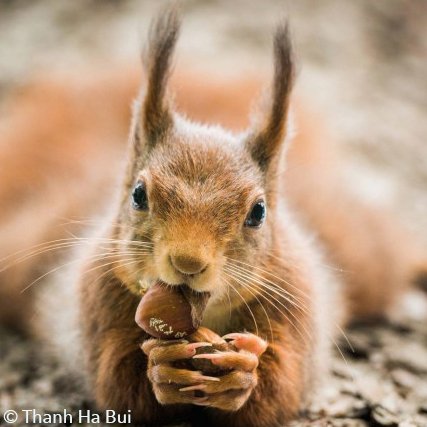 | 10. They have a fantastic grip on thingsRed squirrels are very dexterous, and are both right and left handed. This is so they can hold and extract nuts and seeds, as well as climb well through the tree canopy. They have four fingers and five toes on each paw and foot. |
